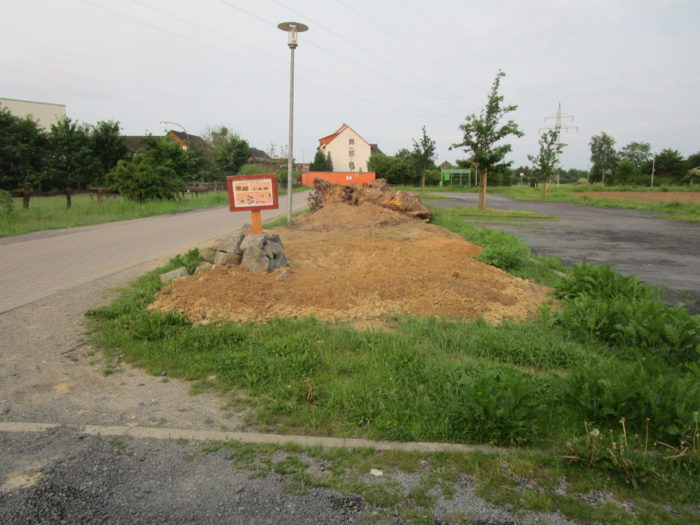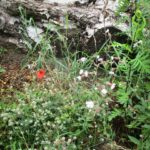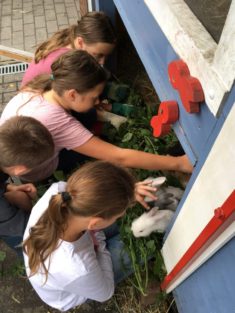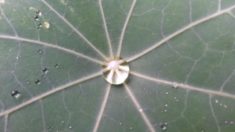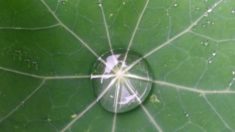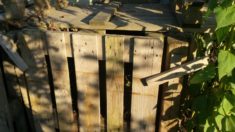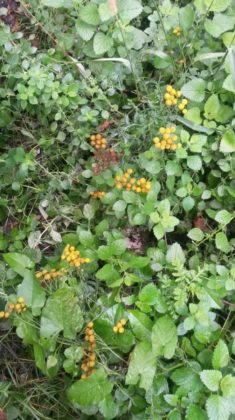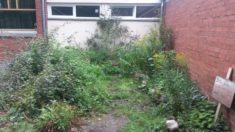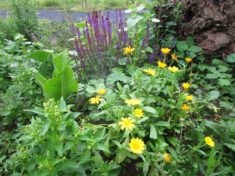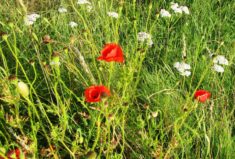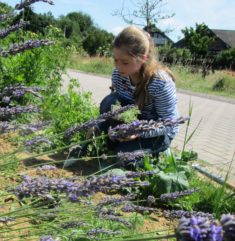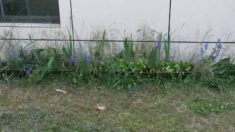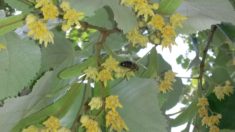Lehmboden, Sand und Erde
…bieten verschiedene Lebensräume!
Normal
0
21
false
false
false
DE
X-NONE
X-NONE
MicrosoftInternetExplorer4
/* Style Definitions */
table.MsoNormalTable
{mso-style-name:“Normale Tabelle“;
mso-tstyle-rowband-size:0;
mso-tstyle-colband-size:0;
mso-style-noshow:yes;
mso-style-priority:99;
mso-style-qformat:yes;
mso-style-parent:““;
mso-padding-alt:0cm 5.4pt 0cm 5.4pt;
mso-para-margin:0cm;
mso-para-margin-bottom:.0001pt;
mso-pagination:widow-orphan;
font-size:11.0pt;
font-family:“Calibri“,“sans-serif“;
mso-ascii-font-family:Calibri;
mso-ascii-theme-font:minor-latin;
mso-fareast-font-family:“Times New Roman“;
mso-fareast-theme-font:minor-fareast;
mso-hansi-font-family:Calibri;
mso-hansi-theme-font:minor-latin;
mso-bidi-font-family:“Times New Roman“;
mso-bidi-theme-font:minor-bidi;}
Mit Kompost, und Nadel-Schreddergut, das an bestimmten Stellen angefahren wurde, ergeben sich unterschiedliche Boden- und Lebensbedingungen für Pflanzen. Deren ph-Wert varriiert erheblich, so dass sowohl Heidepflanzen als auch „Laub-Waldbewohner“ ihren bevorzugten Standort finden können. Reine Sandflächen wurden ebenfalls bereitgestellt, ebenso reine Lehmbereiche für die unterschiedlich benötigten Nistflächen der Wildbienen.
